-
 WhatsApp: +86 19941574798
WhatsApp: +86 19941574798
-
 sale06@kfqizhongji.com
sale06@kfqizhongji.com
Heavy Machinery
KBK Crane Rail Wheel Re-Coating with Polyurethane
Re-coating the polyurethane wheel is a necessary measure when the wheel is debonded, broken, or has low operating efficiency. It is the key to ensure the safe and efficient operation of KBK cranes.
Polyurethane wheels largely determine the operating efficiency and safety of KBK cranes. Polyurethane wheels have the characteristics of high elasticity, wear resistance, and corrosion resistance, but in the long-term use process, the polyurethane layer of the wheel may have problems such as wear and aging, affecting the normal operation of the equipment. This article will start from the characteristics of KBK polyurethane wheels and when they need to be re-wrapped to help users scientifically maintain equipment and extend its service life.
The core characteristics of KBK polyurethane rail wheels
Polyurethane (PU) materials have become an ideal choice for KBK crane travel wheels due to their unique physical properties. The main advantages are reflected in the following aspects:
1. Excellent wear resistance: Polyurethane materials have excellent elasticity and can effectively absorb shock and vibration during operation, reducing damage to equipment and rails. Especially under frequent start-stop and high-load conditions, it can significantly reduce wear and extend the life of the wheel body.
2. High load-bearing and impact resistance: The polyurethane wheel has a high elastic modulus and can withstand large loads (single wheel load-bearing is usually 1-3 tons), while absorbing vibrations and shocks during operation and protecting the track structure.
3. Low noise and traceless operation: Compared with metal wheels, the operating noise of polyurethane wheels is reduced by more than 50%, and it will not scratch the surface of the track, which is suitable for clean workshops or precision working environments.
4. Oil and chemical corrosion resistance: Polyurethane has strong resistance to substances such as grease, weak acids and alkalis, and is suitable for complex environments such as chemical and food processing.
5. Anti-slip design: The groove design enhances friction and fits the track to ensure that the crane can still operate stably in a humid and oily environment.
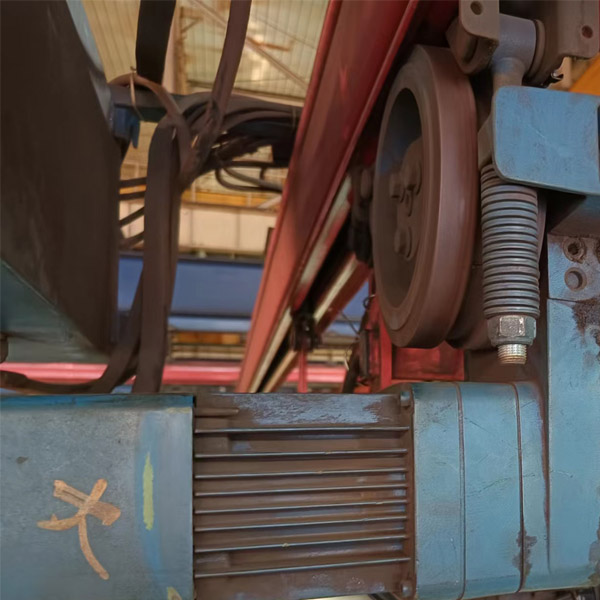
When do you need to refurbish the KBK polyurethane wheel?
Although the polyurethane wheel has a long life, it still needs to be checked regularly and re-coated in time after long-term use. The following are the key judgment criteria:
1. Surface aging or degumming: When the polyurethane coating ages or cracks or degumming due to long-term exposure to high temperature, ultraviolet rays or chemicals, it needs to be replaced immediately to prevent the metal wheel hub from directly contacting the track and causing equipment damage.
2. Abnormal noise or increased vibration: Uneven wear or partial shedding of the rubber layer will cause increased operating noise, body shaking, and affect positioning accuracy.
3. Slipping or re-coverd: Insufficient friction may cause the crane to deviate from the track, and the wheel surface wear needs to be checked.
4. Regular maintenance cycle: It is recommended to conduct a comprehensive inspection every 6-12 months, and it should be shortened to 3-6 months under high-frequency use (such as 24-hour continuous operation) or harsh environment (high temperature, dust).
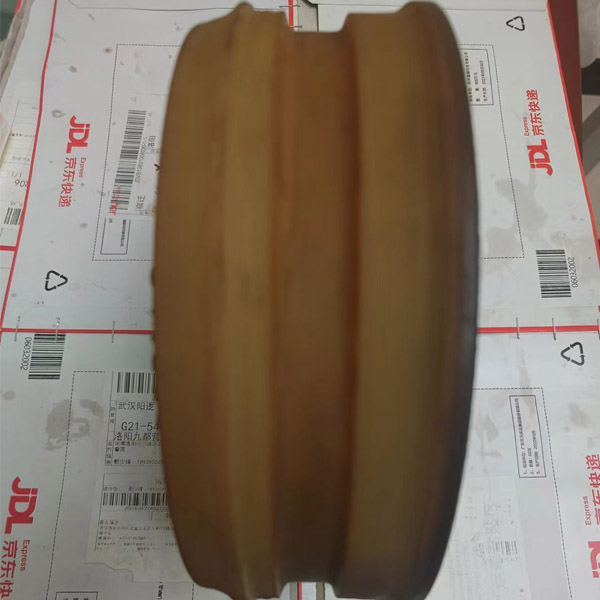
Precautions for re-coating
1. Choose the right polyurethane material
Choose a polyurethane rubber with hardness (usually Shore 85A-95A), temperature resistance (-30℃ to 80℃) and tear resistance according to the working environment and load requirements.
2. Professional coating process
Re-coating with polyurethane coating should be carried out by professional manufacturers or technicians. The old polyurethane coating should be removed by lathe processing, and the metal wheel hub should be cleaned and coated with new coating by casting process to ensure strong bonding and uniform wheel body.
3. Debugging after replacement
After installation, the wheel with re-coated polyurethane coating needs to adjust the parallelism of the wheel set and the track gap, and conduct no-load and load tests, hardness tests, bonding strength tests, etc. to ensure that the wheel meets the use requirements.
Regular maintenance and timely renovation of KBK polyurethane wheels are the key to ensuring efficient and safe operation of cranes. By observing signs of wear, monitoring operating status and combining regular inspections, users can effectively predict the timing of maintenance and avoid losses caused by unplanned downtime. Choosing high-quality polyurethane materials and professional PU coating services can maximize the economic benefits and service life of equipment.
Categories
Recent Cases
Recent Products
Recent Blogs
- Why Choose Injected Polyurethane (TPU) Wheels for Your Equipment
- Pallet Stacker Drive & Idler Wheels for Automated Warehouses
- Mold-on Polyurethane Wheels
- Analysis of the Causes of Cleanroom Stacker Polyurethane Wheel
- Why Are NDI Drive Rollers the Premier Choice for Pallets
- Polyurethane Wheels in Mining
- How Do You Maintain Polyurethane Wheel Longevity
- How Do Polyurethane Wheels Compare To Metal Wheels
- What Industries Benefit Most From Using Polyurethane Industrial Wheels
- Polyurethane Forklift Wheels for Warehousing Pallet Handling

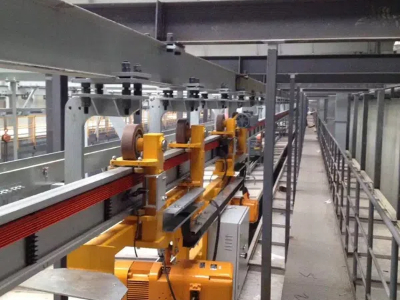
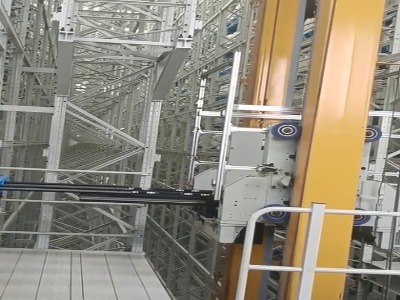
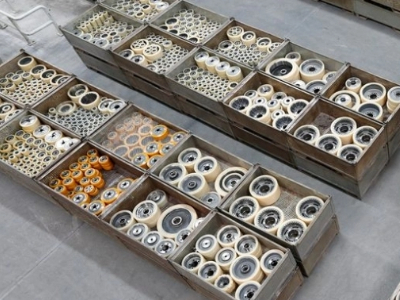
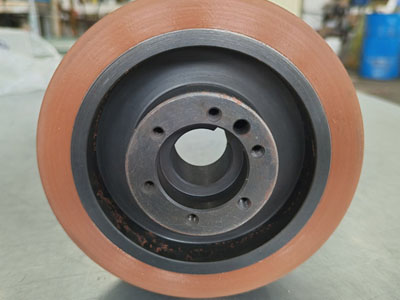
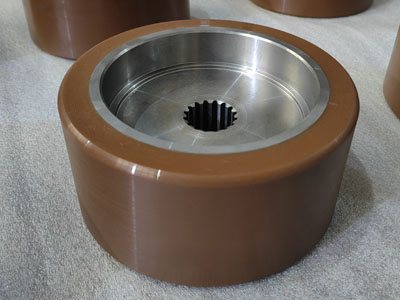
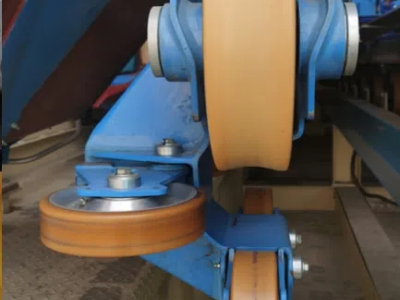
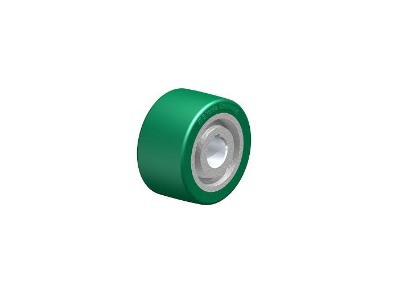
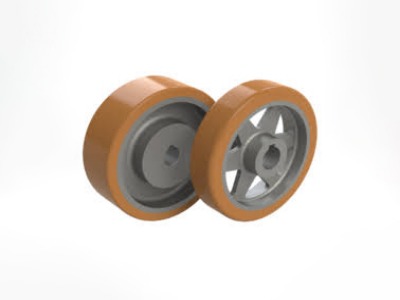
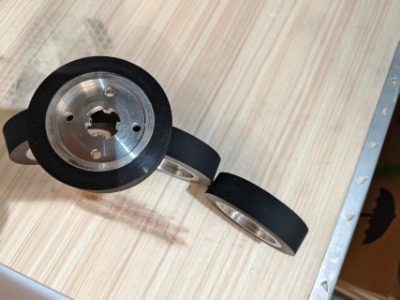
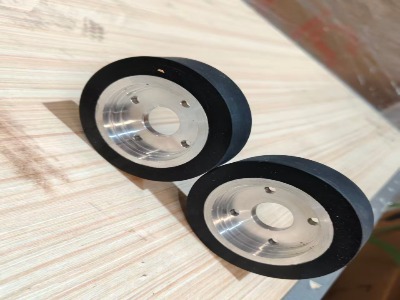
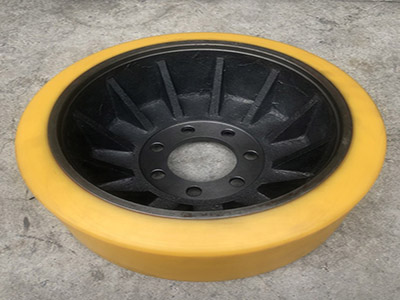
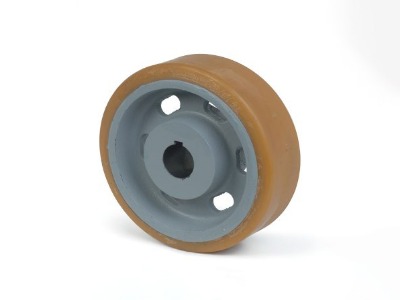
Polyurethane Heavy-Duty Universal Wheels
Heavy Capacity Polyurethane Load Road Wheels in Cranes